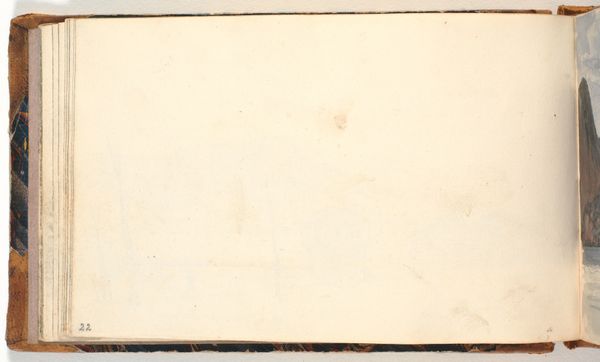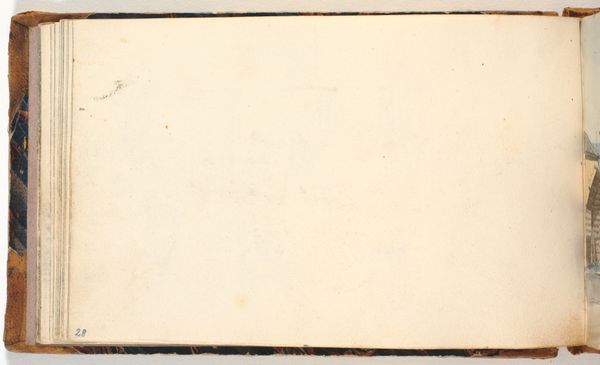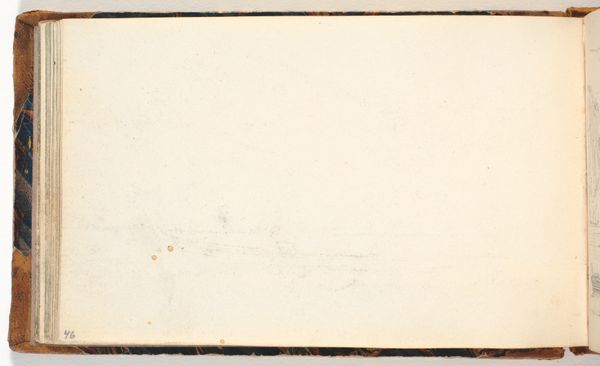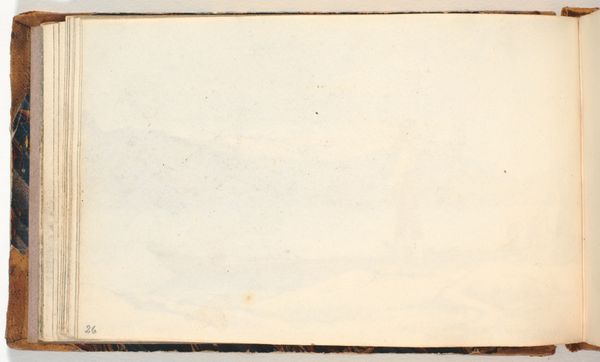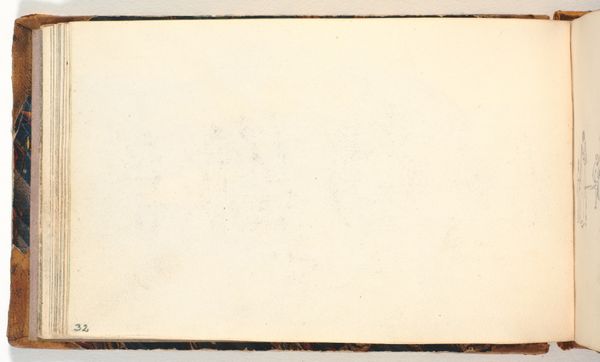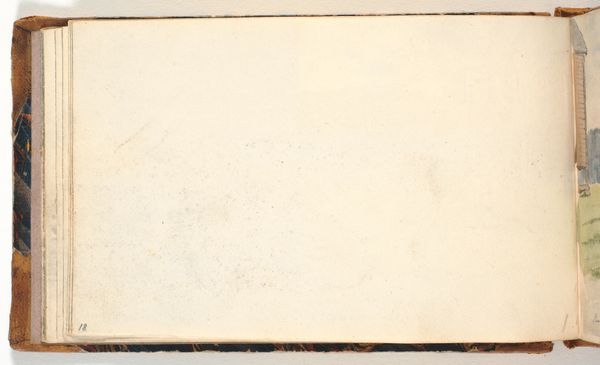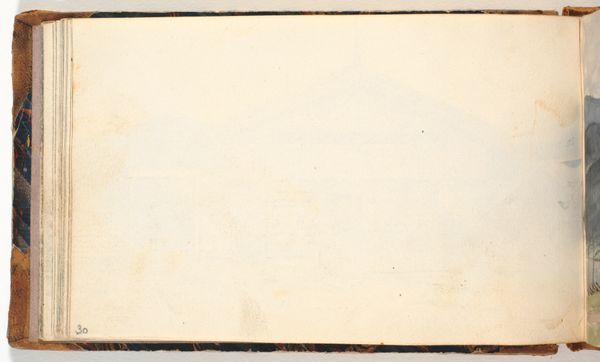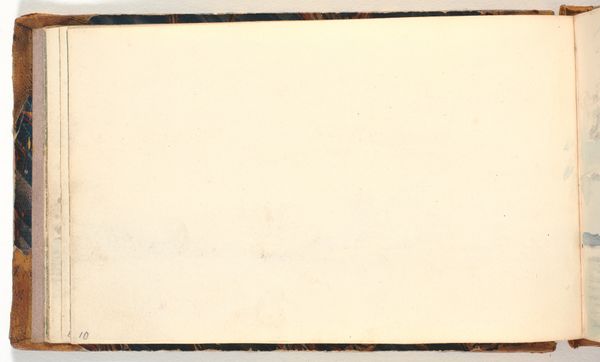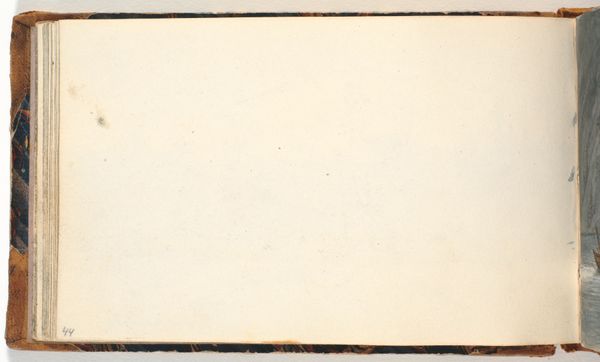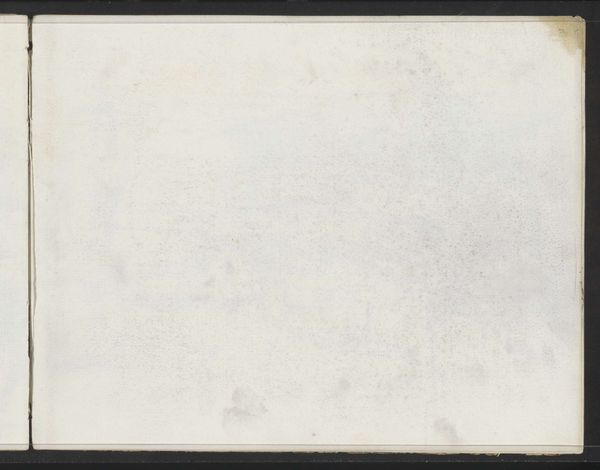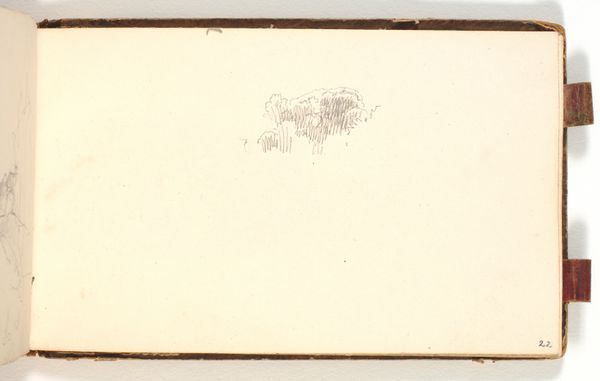
drawing, paper, pencil
#
drawing
#
landscape
#
paper
#
coloured pencil
#
pencil
Dimensions: 107 mm (height) x 179 mm (width) (bladmaal)
Editor: So, this is a page from Martinus Rørbye's sketchbook, dated 1832. It seems to be pencil and coloured pencil on paper. It gives me a rather melancholic feel, perhaps because it is, in part, seemingly incomplete. What catches your eye? Curator: Well, sketchbooks, in general, give us a rare glimpse into the artistic process. In Rørbye's case, consider the role travel played in shaping artistic identity during the 19th century. His journeys to places like Greece and Turkey became crucial to his artistic development. Do you think this sketch represents more than just a landscape? Editor: That’s interesting. I hadn’t thought about the travel aspect so much. Maybe it's about the artist's experience, about documentation versus interpretation of a new cultural landscape. I see the little house, the simple dwelling, to the right. Was Rørbye trying to find a home? Curator: Precisely! The act of sketching becomes an active form of engaging with and appropriating those new landscapes and cultures. Rørbye wasn't simply depicting what he saw; he was actively participating in constructing a particular image of these places for a Danish audience. Do you notice how unfinished the landscape on the open page is in contrast to the details visible on the adjacent page? Editor: Yes, now I see the tension between the “blank” and the detailed sketching of a building to the right. Maybe the "blankness" makes it a study of potential and unfulfilled promise, mirroring his own journey. Thanks, I appreciate you bringing a broader historical lens to this artwork. Curator: And I appreciate your perspective on the personal implications of this sketch. It's in these interactions between artist, subject, and audience that art truly finds its meaning and its public role.
Comments
No comments
Be the first to comment and join the conversation on the ultimate creative platform.
